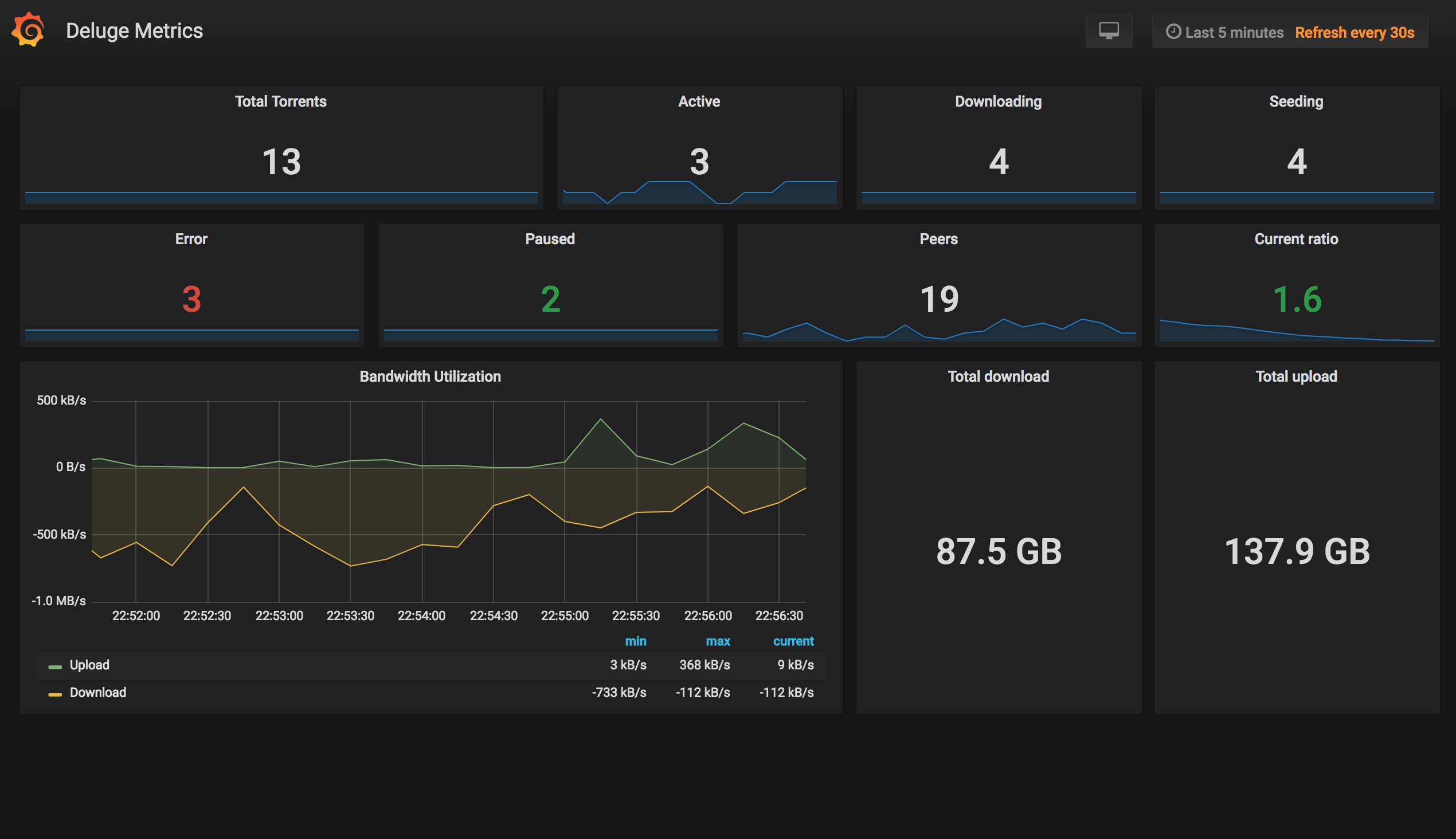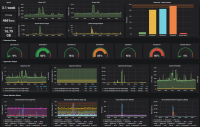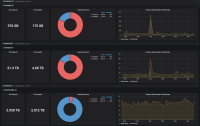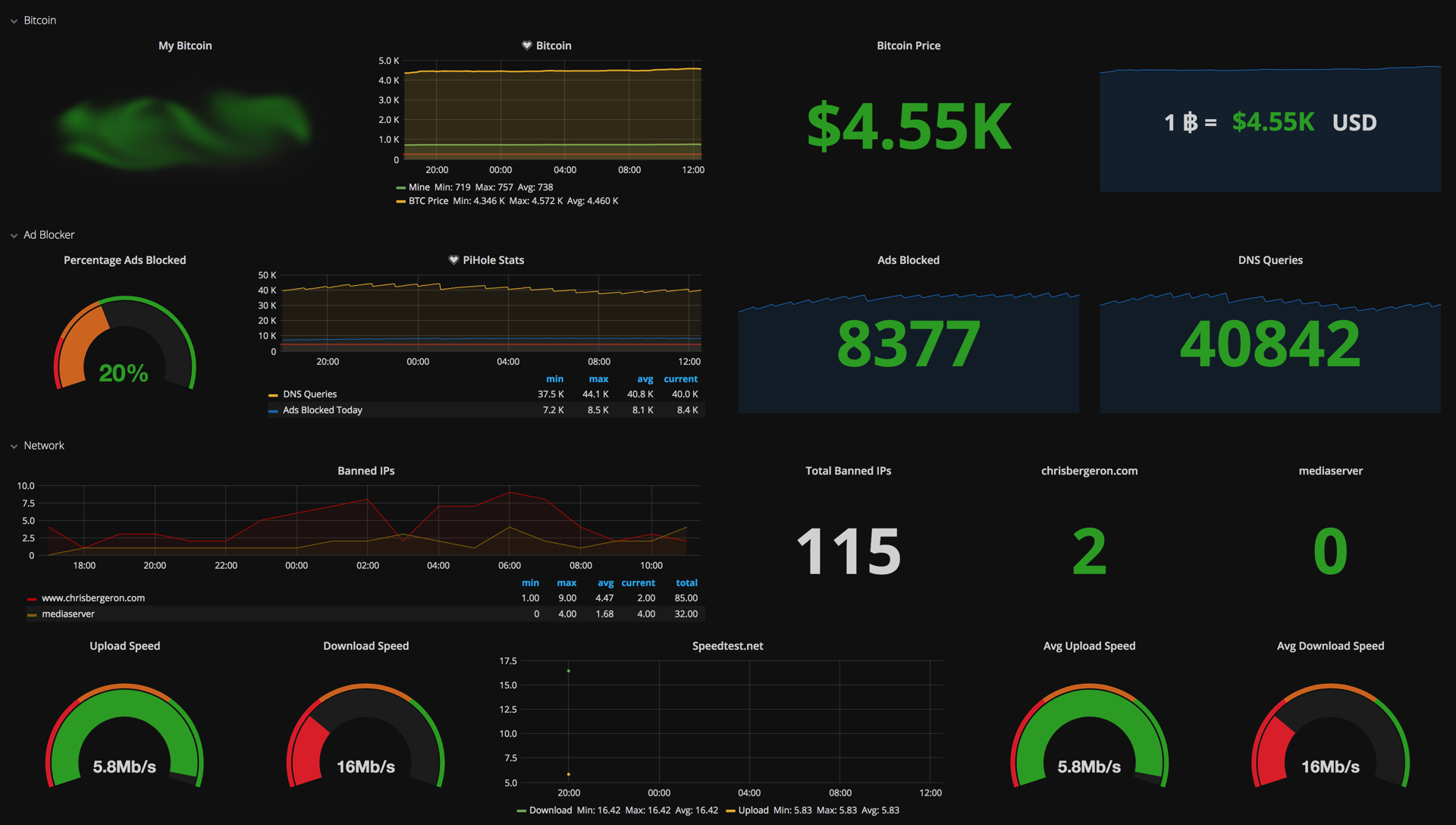DIY DAS and NAS for Media 2020
Updated for 2021 !!!
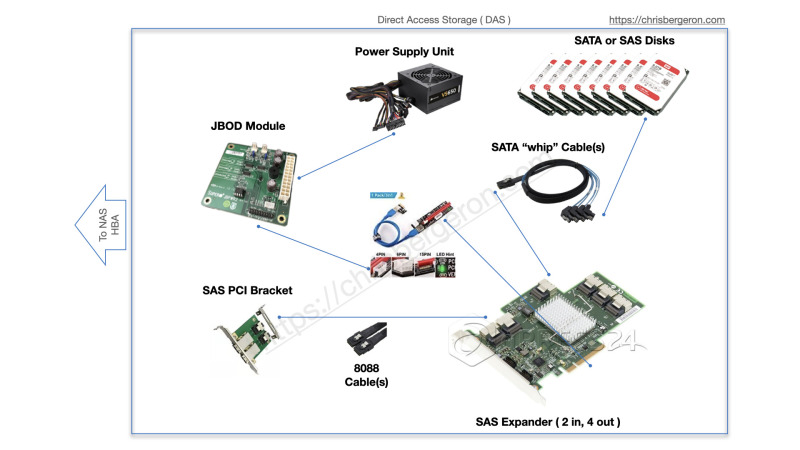
Update: I’ve recently added a Thunderbolt 3 PCIe card for easy 40 Gbps connectivity.
Why another NAS/DAS article?
There are a lot resources online for building your own DIY DAS. A lot of them contain good information but none of them were comprehensive for the DAS I wanted to build so I compiled the information that was useful for my specific 2019 build here. The prices linked below are subject to market fluctuations and timing, so some of the components I found at a great price. Overall they should be roughly the same as what you can find. Your mileage may vary.
